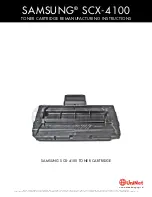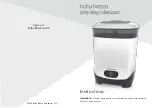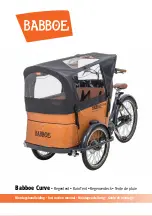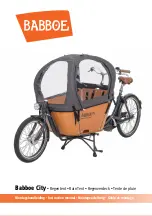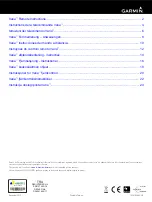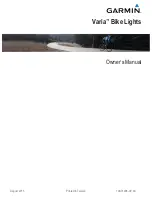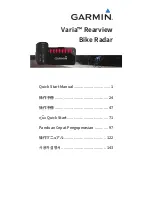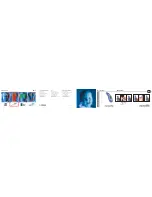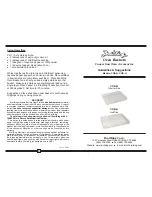
9
Transportation and Highway Operation
When traveling on public roads
, use accessory lights, SMV sign,clean reflectors, and other
adequate devices to warn operators in other vehicles of your presence. Always comply with all
federal, state, and local laws.
Travel Speeds should be such that complete control and machine stability is maintained at all
times. Where possible avoid operating near ditches, embankments and holes.
Reduce speed
when turning, crossing slopes and rough, slick or muddy surfaces.
When towing always have the draw-pin locked and secured, always have the safety chain fas-
tened in the proper position.
IMPORTANT:
Always disengage PTO before raising implement to transport position.
IMPORTANT:
Determine at what angle the rear tractor tires come in contact with the deck
and/or the hitch, avoid hitting cutter with tractor tires as damage may result.
Always raise wings and set transport locks before transporting
from one work site to an-
other and before traveling on public roadways. The wings can fall if not secured with transport
locks causing a serious injury or death.
Do not exceed maximum transport speed of 32 km/h (20 mph) with implement attached. Travel
below 32 km/h (20 mph) on rough terrain or when making turns.
When towing equipment without brakes.
Do Not travel at speeds over 32 km/h (20 mph); when fully loaded weighing more than 1.5t
(3300 lbs) or more than 1 1/2 times the weight of the towing unit.
When towing equipment with brakes.
Do Not tow equipment with brakes over 40km/h (25 mph) when fully loaded, weighing more
than 4 1/2 times the weight of the towing unit.
Be observant of bridge load ratings. Do not cross bridges rated lower than gross weight at
which you are operating.
When traveling on roadways, transport in such a way that faster moving vehicles may pass you
safely
Lighting and Marking
It is the responsibility of the customer to know lighting and marking requirements of local high-
way authorities and to install and maintain equipment to provide compliance with regulations.
Add extra lights when transporting at night or during periods of limited visibility.
Inspect all the lights to ensure they are all working.
Inspect all the reflectors and SMV emblem to ensure that they are all visible and in the proper
place.
Keep safety signs clean and legible at all times.




























